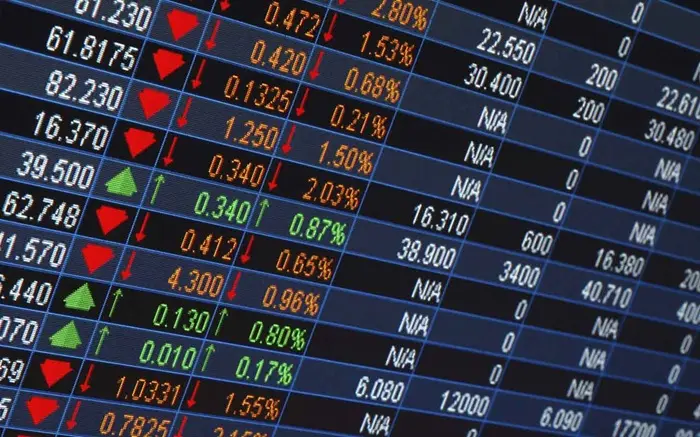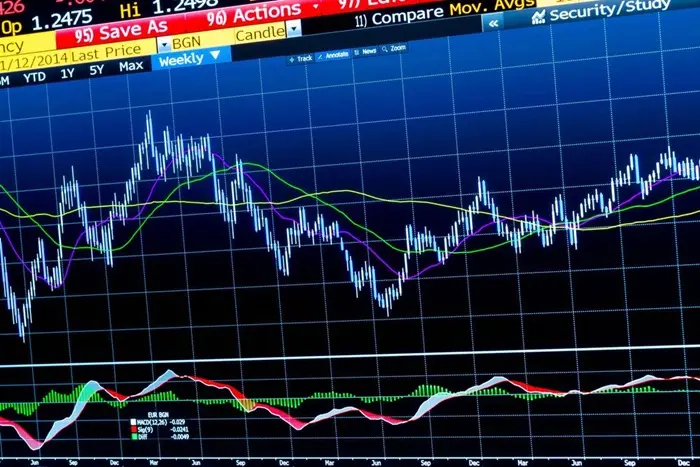Day trading is a popular trading strategy where traders buy and sell stocks within the same trading day. The goal is to capitalize on short-term price movements, and success in day trading often hinges on the ability to identify the right stocks at the right time. But how do day traders find stocks to trade? In this article, we will explore the methods, tools, and strategies that day traders use to identify potential trading opportunities.
Understanding Day Trading
Before diving into how day traders find stocks, it’s essential to understand what day trading entails. Day trading involves buying and selling financial instruments, such as stocks, within the same trading day. Unlike long-term investors, day traders do not hold positions overnight. Instead, they aim to profit from intraday price movements.
Day trading requires a deep understanding of the market, technical analysis, and risk management. It’s a high-risk, high-reward strategy that demands discipline, quick decision-making, and a solid trading plan.
The Importance of Stock Selection in Day Trading
Stock selection is one of the most critical aspects of day trading. The right stock can lead to significant profits, while the wrong choice can result in substantial losses. Day traders need to identify stocks that exhibit high liquidity, volatility, and volume. These characteristics are essential for executing trades quickly and efficiently.
Liquidity
Liquidity refers to how easily a stock can be bought or sold without affecting its price. High liquidity is crucial for day traders because it allows them to enter and exit positions quickly. Stocks with low liquidity can be challenging to trade, as large orders can significantly impact the stock’s price.
Volatility
Volatility measures the degree of price fluctuations in a stock. Day traders thrive on volatility because it provides opportunities to profit from price movements. However, excessive volatility can also increase risk, so traders must strike a balance.
Volume
Volume refers to the number of shares traded in a stock over a specific period. High volume indicates strong interest in the stock, making it easier for day traders to buy and sell shares without significantly impacting the price.
Methods Day Traders Use to Find Stocks
Day traders use a variety of methods to find stocks that meet their criteria. These methods can be broadly categorized into technical analysis, fundamental analysis, and news-based trading.
Technical Analysis
Technical analysis is the most common method used by day traders to identify trading opportunities. It involves analyzing historical price and volume data to predict future price movements. Technical analysts use charts, indicators, and patterns to make informed trading decisions.
Chart Patterns
Chart patterns are graphical representations of price movements that can indicate potential future price movements. Some common chart patterns used by day traders include:
Head and Shoulders: This pattern indicates a potential reversal in the current trend.
Double Top/Bottom: These patterns suggest that the stock may reverse direction after reaching a certain price level.
Triangles: Triangles can indicate a continuation or reversal of the current trend, depending on the type of triangle.
Technical Indicators
Technical indicators are mathematical calculations based on price, volume, or open interest. They help traders identify trends, momentum, and potential entry and exit points. Some popular technical indicators include:
Moving Averages: Moving averages smooth out price data to identify trends. The most common types are the Simple Moving Average (SMA) and the Exponential Moving Average (EMA).
Relative Strength Index (RSI): The RSI measures the speed and change of price movements. It is used to identify overbought or oversold conditions.
Bollinger Bands: Bollinger Bands consist of a moving average and two standard deviations above and below it. They help traders identify volatility and potential price reversals.
Candlestick Patterns
Candlestick patterns are a form of technical analysis that originated in Japan. They provide visual representations of price movements and can indicate potential reversals or continuations. Some common candlestick patterns include:
Doji: A Doji indicates indecision in the market and can signal a potential reversal.
Hammer: A Hammer is a bullish reversal pattern that forms after a downtrend.
Engulfing Pattern: An Engulfing Pattern occurs when a larger candle completely engulfs the previous candle, indicating a potential reversal.
Fundamental Analysis
While technical analysis is the primary tool for day traders, some also incorporate fundamental analysis into their strategy. Fundamental analysis involves evaluating a company’s financial health, industry position, and economic factors to determine its intrinsic value.
Earnings Reports
Earnings reports provide insights into a company’s financial performance. Day traders may look for stocks that are about to release earnings reports, as these events can lead to significant price movements.
Economic Indicators
Economic indicators, such as GDP growth, unemployment rates, and inflation, can impact the overall market and individual stocks. Day traders may use economic data to identify sectors or stocks that are likely to be affected.
News and Events
News and events, such as mergers, acquisitions, or regulatory changes, can have a significant impact on stock prices. Day traders often monitor news sources to identify potential trading opportunities.
News-Based Trading
News-based trading involves making trading decisions based on news events and announcements. This strategy requires quick thinking and the ability to interpret news in real-time.
Earnings Announcements
Earnings announcements can lead to significant price movements, especially if the results differ from analysts’ expectations. Day traders may trade stocks before or after earnings announcements to capitalize on these movements.
Mergers and Acquisitions
Mergers and acquisitions (M&A) can create trading opportunities, as they often lead to price volatility. Day traders may trade stocks involved in M&A activity, either by taking a position in the acquiring company or the target company.
Regulatory Changes
Regulatory changes, such as new laws or regulations, can impact specific industries or companies. Day traders may trade stocks that are likely to be affected by regulatory changes.
Scanner Tools
Scanner tools are software programs that help day traders identify stocks that meet specific criteria. These tools can scan the market in real-time and provide a list of stocks that match the trader’s parameters.
Volume Scanners
Volume scanners identify stocks with unusually high trading volume. High volume can indicate increased interest in a stock, making it a potential candidate for day trading.
Gap Scanners
Gap scanners identify stocks that have a significant price gap between the previous day’s close and the current day’s open. Gaps can indicate potential trading opportunities, especially if they are accompanied by high volume.
Momentum Scanners
Momentum scanners identify stocks that are experiencing strong price movements. These stocks may be in an uptrend or downtrend, providing opportunities for day traders to capitalize on the momentum.
Social Media and Forums
Social media and online forums have become valuable resources for day traders. Platforms like Twitter, Reddit, and StockTwits allow traders to share ideas, discuss stocks, and stay updated on market trends.
StockTwits
StockTwits is a social media platform specifically designed for traders and investors. Users can share their thoughts on stocks, follow other traders, and stay updated on market news.
Reddit has several communities, or subreddits, dedicated to trading and investing. These communities can be a valuable source of information and ideas for day traders.
Twitter is another platform where traders share insights, news, and trading ideas. Many professional traders and analysts use Twitter to communicate with their followers.
Pre-Market and After-Hours Trading
Pre-market and after-hours trading sessions provide additional opportunities for day traders. These sessions allow traders to react to news and events that occur outside regular trading hours.
Pre-Market Trading
Pre-market trading occurs before the official market open. During this time, traders can react to overnight news, earnings reports, and other events that may impact stock prices.
After-Hours Trading
After-hours trading occurs after the official market close. This session allows traders to react to news and events that occur after the market closes, such as earnings announcements or economic data releases.
Risk Management in Day Trading
While finding the right stocks is crucial, risk management is equally important in day trading. Day traders must have a solid risk management strategy to protect their capital and minimize losses.
Position Sizing
Position sizing refers to the number of shares a trader buys or sells in a single trade. Proper position sizing helps traders manage risk and avoid overexposure to a single stock.
Stop-Loss Orders
A stop-loss order is an order to sell a stock at a specific price to limit losses. Day traders use stop-loss orders to protect their capital and prevent significant losses.
Risk-Reward Ratio
The risk-reward ratio measures the potential profit of a trade relative to the potential loss. Day traders aim for a favorable risk-reward ratio, typically at least 1:2, meaning the potential profit is at least twice the potential loss.
Diversification
Diversification involves spreading investments across different stocks or sectors to reduce risk. While day traders typically focus on a few stocks, some degree of diversification can help mitigate risk.
Conclusion
Day trading is a challenging but potentially rewarding strategy that requires skill, discipline, and a solid understanding of the market. Finding the right stocks to trade is a critical component of day trading success. Day traders use a combination of technical analysis, fundamental analysis, news-based trading, scanner tools, and social media to identify potential trading opportunities.
However, stock selection is only one part of the equation. Effective risk management is essential to protect capital and ensure long-term success in day trading. By combining a robust stock selection process with sound risk management practices, day traders can increase their chances of achieving consistent profits in the dynamic world of day trading.
Related topics:


































